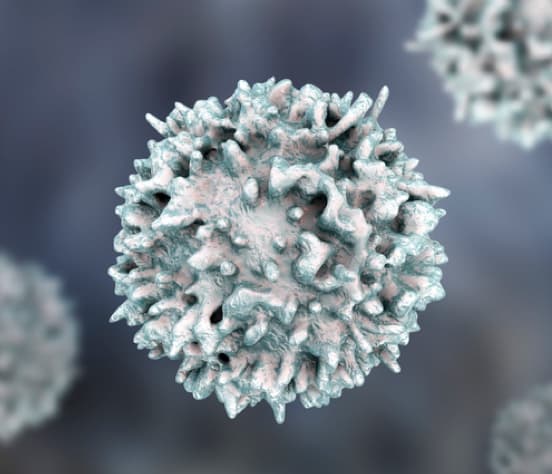MyIgSource
Some Types of PI:
DiGeorge Syndrome (DGS)
DiGeorge Syndrome (DGS), also known as 22q11.2 deletion syndrome, is a type of PI caused by abnormal cell and tissue development during fetal growth. DiGeorge Syndrome is one of over 400 different types of PI. Often, but not always, people with DGS are susceptible to infections due to poor T-cell production and function.
Need a crash course? Learn the basics of PI.

The immune system is made up of specialized cells and proteins. These include white blood cells called lymphocytes.
A T cell is a lymphocyte and comes in 4 types, each with a special purpose:
Symptoms of DiGeorge Syndrome (DGS)
People with DGS may have any or all of the following:
- Distinct facial appearance: Children may have an underdeveloped chin, eyes with heavy eyelids, ears that are rotated back, and defective upper portions of their earlobes
- Parathyroid gland abnormalities: An underdeveloped parathyroid gland may cause hypoparathyroidism, leading to difficulty maintaining normal levels of calcium, which may cause seizures or convulsions. A parathyroid problem often becomes less severe over time
- Thymus gland abnormalities: Underdevelopment or incomplete development of the thymus gland results in a smaller-than-normal-sized thymus and decreased production of T lymphocytes, or T cells. Not only do T cells destroy infected cells, but they also help B lymphocytes (B cells) develop into plasma cells that produce immunoglobulins, or antibodies. A lack of T cells results in an increased risk of viral, fungal, and bacterial infections
- Autoimmunity: People with DGS may develop an autoimmune disease, which occurs when the immune system attacks its own body
Other clinical features: Some people with DGS have learning disabilities, behavioral problems, psychiatric disorders, and/or hyperactivity. They may also have other developmental abnormalities, including:
- Cleft palate
- Poor function of the palate
- Delayed speech
- Difficulty eating and swallowing
Diagnosis of DiGeorge syndrome
DGS diagnosis is often made on the signs and symptoms present at birth or that develop soon after birth. The diagnosis can usually be confirmed with genetic tests. The most common cause of DGS is due to a deleted section of chromosome 22. The small proportion of patients without the genetic defect are diagnosed based on clinical features and by excluding a diagnosis of other syndromes.
Traditionally, DGS was diagnosed when a person had the characteristics described above. However, people with DGS differ not only in the organs and tissues affected, but also in terms of how severely the organ or tissue is affected. This meant that many mild cases were missed when diagnosis relied on symptoms alone.
What should I know about treatment for DiGeorge syndrome?
You are not alone, but no one is quite like you. It's important to learn about the various treatments for PI, and should be individualized to meet your specific needs. Your healthcare team is there to provide recommendations based on you, and your situation. Here are some tips:
- Keep track of how you’re doing and share the information with your doctor on a regular basis.
- Your doctor will only know how you’re doing if you tell them. If you have questions, concerns, thoughts or feelings—speak up and share!
- You and your doctor both play a part in managing your health. You can take an active role by learning as much as you can and by following your doctor’s recommendations.

What’s your plan?
If you or a loved one has been diagnosed with PI, a doctor can help you craft a treatment plan that’s right for you. Explore treatment options here.

Kristi B., 49
Virginia Beach, VA
Newly diagnosed?
A PI diagnosis could be a total relief, or very overwhelming. Learn insights from those who have been there.
Connections
made since 2019
82,060
Updated:
June 2020
"Connections"
- phone conversations
+ - emails exchanged
+ - Facebook follows
+ - sign ups
+ - events
Want to make a connection?
join us
10+
years of
commitment
52.7k
Community
Members
